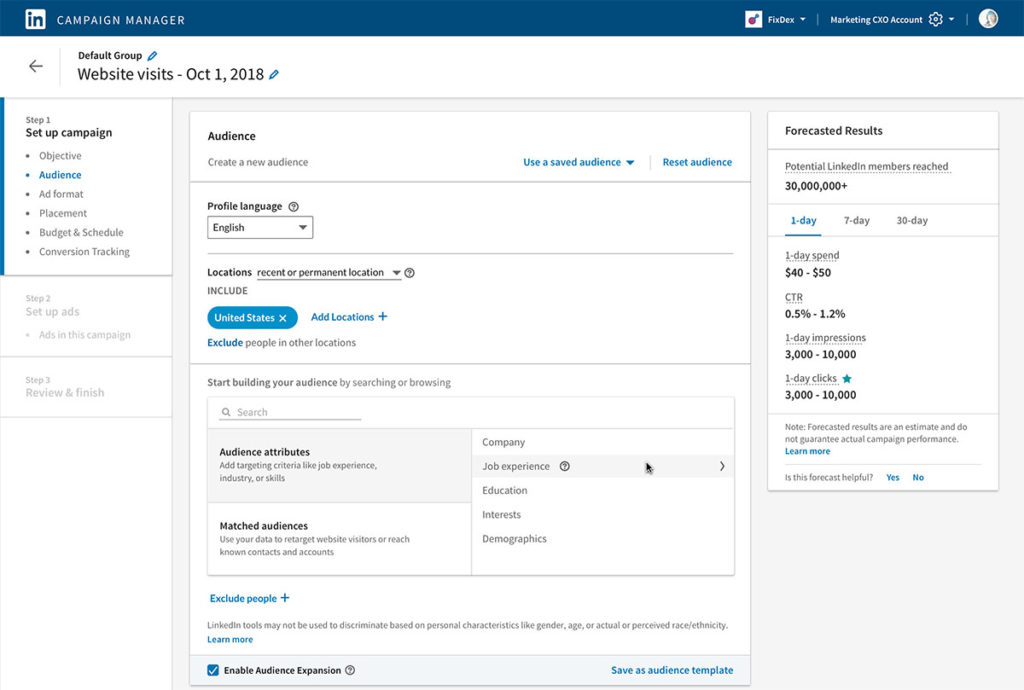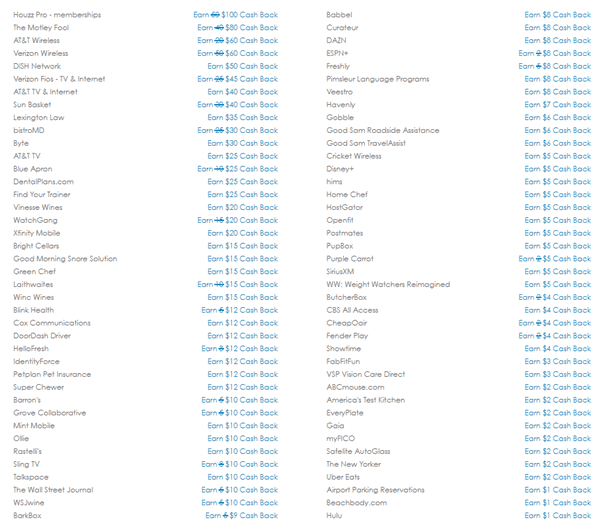
Advertising to children is increasingly prominent as more commercials are shown on TV. This raises the question of how advertising affects cognitive development. A study showed that children don't know that celebrities who appear in advertisements are paid to promote specific products. Children are more susceptible than adults to external influences, and they may be more affected. In fact, according to a recent study by Educational Leadership, children are not even aware that the athletes in these commercials are paid for promoting a product.
Empirical research
Marketing and advertising to children have long been thought to have negative effects on their behavior and attitudes. While advertising can increase consumers' desire for a product, the impact of marketing to children goes beyond promoting a product's features. Research shows that children under seven years old are more likely to accept and interpret advertising claims without question. Marketers have therefore been able to make more of this audience to reach their advertising and marketing goals.
One recent study looked at advertisements to children. Researchers found that almost half of children surveyed believed the advertisements helped them make good consumer choices. Advertising on children’s TV didn’t appear to affect young people’s opinion about educational institutions. This suggests that although advertising on children's television does not seem to have any detrimental effects on young viewers it could have a negative impact on their perceptions of educational institutions.
Product disclosures

A child-inspired product announcement influenced children's perception of advertisements. It increased children's recognition of advertising and their recall of product messages. The recognition of the child inspired disclosure was confirmed by a pretest test. It had a greater positive effect than the control ad on brand attitude and purchase intentions. This finding has implications for the design of child-inspired product disclosures. Here are some tips to help advertisers create effective product disclosures.
Advertisers must be cautious about what visuals they use on labels to ensure children have the most accurate product information. Advertisers must include precise information about the product's intended usage. Often, simply writing disclaimers is not enough to make advertising child-friendly. While safety is important, parents need to make sure that product disclosures remain age-appropriate. The product packaging should not only have child-friendly information but also be easy to understand.
Disclaimer
Advertisers are required to provide disclaimers for advertising to children in order to clarify potentially misleading statements. Advertisers are required to use dual-modality disclaimers by the Federal Trade Commission. This format allows young viewers to better understand them. Researchers conducted content analyses on 3,800 television commercials. They discovered that child-rated programming contained more emotional appeals as well as production techniques than nondual mode disclaimers. Future research should address these distractions in order to improve disclosures to kids.
Government-mandated disclaimers should also be subjected to the same level of evidence. This would not just improve consumers' outcomes, but it would also comply with the First Amendment. The First Amendment prohibits the government abridging Americans' freedom to speak their mind. The first amendment protects the free speech of individuals and corporations, and advertising disclaimers should be no exception. However, if the government is forced into using these disclaimers it may violate the First Amendment. This could make commercial advertising unfeasible.
Host-selling

Children are often sold to by their hosts when a cereal advertisement appears on a television show. Dale Kunkel, psychologist showed that host-selling can reduce children's ability differentiate between advertisement and program content. However, older children were much more open to advertisements from host-sellers than those who were younger. Host-selling to children could lead to child abuse.
The FCC prohibited host-selling in 2004. The FCC also banned host-selling in 2004. It required that licensees had to prove compliance with the policy. It was delayed but it is now in effect for analog and DTV channels. FCC policy against host-selling to kids is in violation. The FCC has no clear definition of "host-selling," but it does allow the use of bumpers to signal commercial breaks or program titles.
FAQ
Why is content so important?
Content plays a key role in any digital marketing campaign. You must create quality content to attract new customers. This is best done through blogging. Blogging helps you build authority in your niche, which makes you more trustworthy. You can build trustworthiness, which increases your search engine rankings. And when you rank high, you get traffic from organic searches.
What are the 7 steps of content marketing?
The seven-step process to content marketing is:
-
Identify the problem
-
Discover what's working today
-
New ideas are possible
-
Turn them into strategies
-
Test them
-
Get the best results
-
Repeat the cycle until you find something that works.
This approach is proven to work for all businesses, large or small.
What platform is best for content marketing?
There are lots of different platforms available today. Each one has its advantages and disadvantages. Here are a few popular options:
-
WordPress - Easy to set up and manage. An amazing community of users.
-
Wix is easier than WordPress to set-up and maintain. No technical knowledge is required.
-
Squarespace – Best choice for those with a website.
-
Blogger - Free blogging service.
-
Medium - A place where writers can share their work.
-
Instagram - An image-based social media platform.
-
LinkedIn – A networking tool.
-
Facebook - The social network.
-
YouTube - A video sharing platform.
-
Pinterest – Image-based platform.
-
Google Analytics – Track visitor behaviors.
-
Hubspot - Email marketing software.
-
MailChimp is an email marketing software.
How many hours per semaine should I dedicate to content marketing
It all depends on what your situation is. You might not have to spend much time on content marketing. But if you're trying to build traffic to your site, you'll probably need to devote at least 1 hour per day.
What are some common mistakes people make in starting a content-marketing program?
You must have a plan for your content marketing strategy. Without a solid plan, your efforts will go unused and cost you money. Without a plan, you'll end up with tons of content that isn't useful or appropriate.
A well-thought-out content marketing strategy provides direction, focus, and goals. It helps to keep things on track as you move between phases. For example, if you're doing social media campaigns, you might want to start by analyzing what types of posts are getting the highest engagement rates. This will let you determine what posts will bring traffic to your site. These results will help you decide whether to create a series or video blog.
Another mistake that people make is not considering how long their content marketing campaign will last. It's logical to write content today if your website will be launched tomorrow. You might want to wait until your data is more complete if you've been working hard on a content strategy for six months before you publish new material.
It takes time to create great content. This is not something to rush.
You are a business owner looking to learn more information about content marketing. Our guide How To Make Content That Workes is a good choice. It outlines ten steps to create content that works and ensures that your marketing programs are efficient.
Content marketing: Where do I begin?
Start by identifying the audience. Who are they exactly? What are their needs and wants? How can you help them? When you understand who you are writing for, it is easier to decide where to direct your efforts.
How do I measure success with content marketing?
There are many ways to measure the success of your content marketing efforts. You can track how many people visit your site, or see how many leads you generate.
Statistics
- To further show the importance of this, 89% of people have stopped doing business with a company because of a poor experience. (neilpatel.com)
- Seventy-two percent business to business (B2B) (mailchimp.com)
- We found that 40% of businesses don't have a documented strategy yet. (semrush.com)
- Out of the 1,500 marketers we surveyed for our State of Content Marketing report, 78% who felt their content marketing strategy was exceptionally effective in 2021 had documented their strategy. (semrush.com)
- In fact, would pay more for a better customer experience, and 86% of B2B buyers would pay more. (neilpatel.com)
- This marketing strategy landed Ford a 15.4% conversion rate. (neilpatel.com)
- An example of an overarching goal could be: "In 2022, we want to achieve a 20% increase in revenue created by organic content and generate 15,000 MQLs with a budget of $30,000." (semrush.com)
- Companies that use content marketing see approximately 30% higher growth rates than businesses not using it. (mailchimp.com)
External Links
How To
Why create a content marketing plan? Why Not Now?
It is easy to feel overwhelmed when you start content marketing. But the truth is, you don't have to tackle everything at once. Start small.
Take one step at a time. You risk wasting your time and making yourself sick if you do too many things at once. Instead, concentrate on one thing at time until mastery.
Start small. Don't worry about perfecting every aspect of your content marketing plan today. Concentrate on one aspect of content marketing at the time. You will find that you become more comfortable with your content marketing efforts.
Don't forget to build on your past successes. Build on previous successes. Reach out directly to industry experts and ask them to promote your content. Create an event and invite bloggers.
It doesn't matter if you haven't created content before. Begin with something basic. You might write a blog, host a webinar or just hold a Q&A session. Whatever you choose, make sure you can measure its effectiveness.